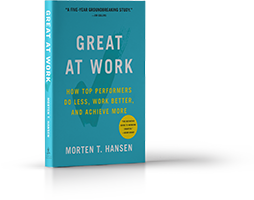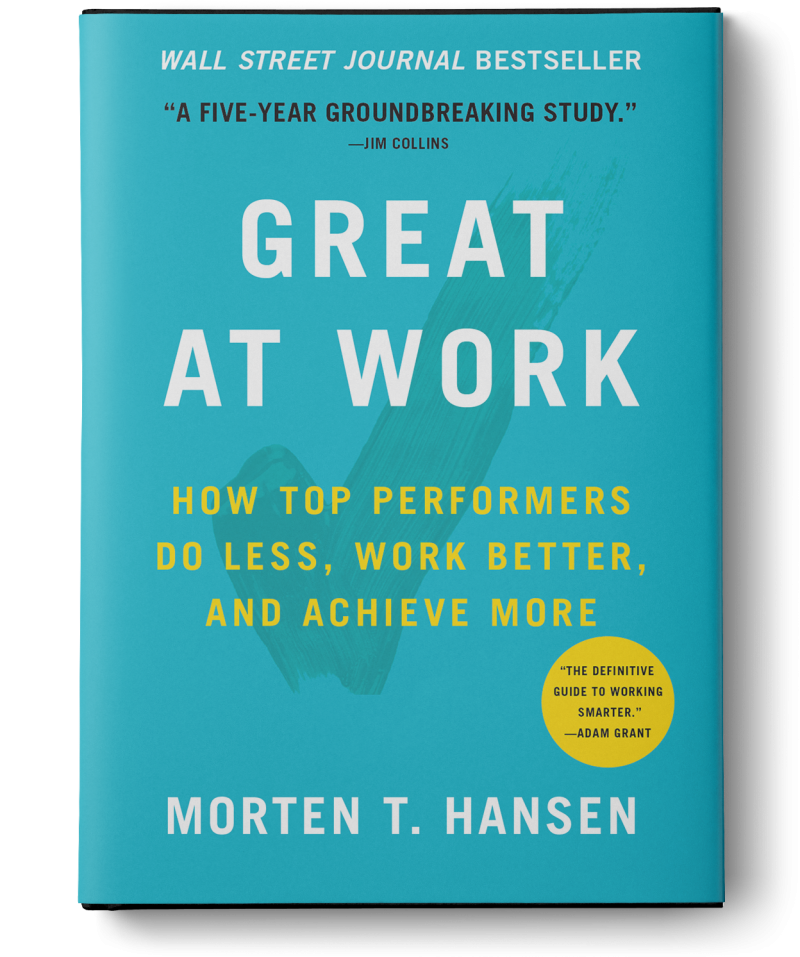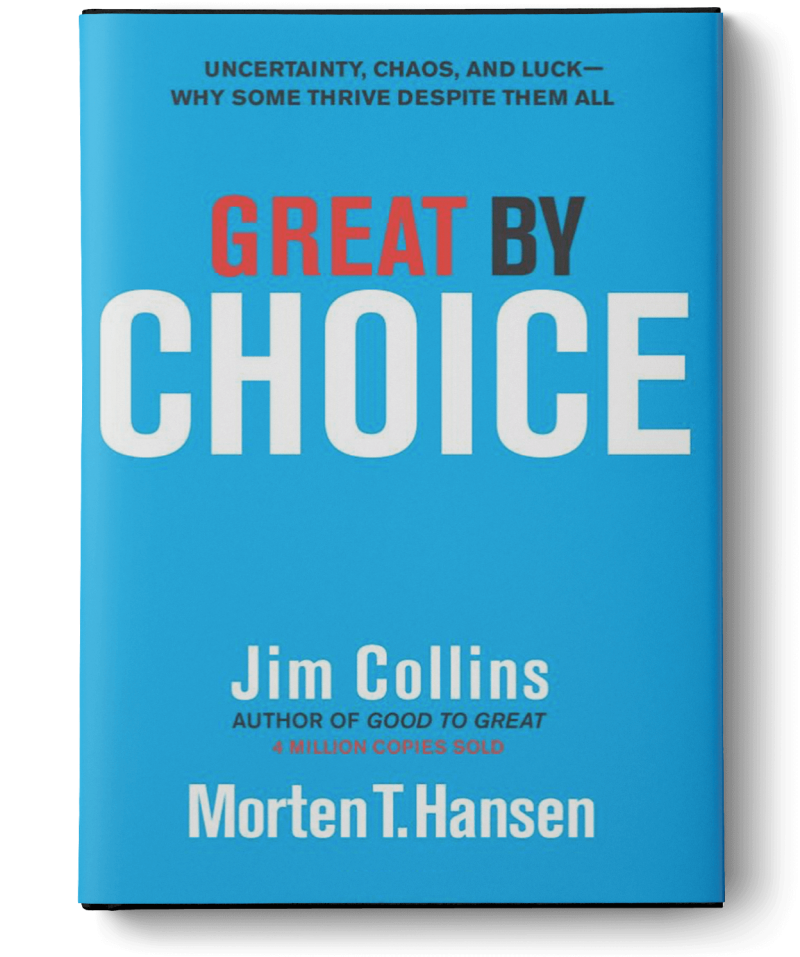One Simple Change You Can Make To Maximize Your Work Performance
People rarely question whether or not the way they work produces value. Yet, one small change you can make to work better and achieve more is to fix the pain points, the thorny problems plaguing customers, colleagues, or others.
Carmen, a 45-year-old business analyst in our study, worked for a Minneapolis-based life insurance company. She processed payroll for the company’s insurance agents scattered across the country. For years, she helped the agents handle so-called third-party sick pay (don’t ask) as they stumbled through the bewildering throng of steps and tax filing implications. Carmen estimated that she received, on average, a phone call each day from an agent irate over the labyrinth of steps required to get through the paperwork. That’s a pain point.
What pain points exist in your organization? Once you’ve found one, think of a change you can make in your work processes to increase value. These changes don’t have to be monumental in scope in order to make a big difference, nor do you have to be the big boss in order to make them happen. Seemingly small changes originating from deep in an organization can sometimes have an outsized impact.
In my native Norway, Mohsen Jamai, a nurse at an old age home, noticed that many of the residents of the home were thin and underweight. As Jamai realized, these residents were already receiving enough nutrition—three square meals a day. The key issue, he reasoned, wasn’t the amount of food being served but the timing of the meals. The home kept meals service on an early and compressed schedule, feeding residents all three main meals by 1:30 pm each day and just a light snack in the evening before bedtime. The schedule was optimized to meet the staff’s needs, not the retirees’.
Jamai asked a simple question: what if they pushed dinner back by two hours, to 3:30pm? That way, residents could eat in a more leisurely fashion. Just as important, they could eat dinner after they’d already had time to digest lunch, and when they were feeling hungry. Jamai suggested his idea, but the other staff was skeptical. He talked them into allowing him to experiment with some residents, and guess what? It worked. Residents not only gained weight, but became more active and enjoyed life more. Many residents gained between four and twenty pounds over a six-month period. One resident who initially weighed a meager eighty-six pounds was now approaching 110 pounds after the change in dinner time. “This change didn’t cost us a dime,” the supervisor said, “all we had to do was to change our routines a bit.”
Notice how small this change was. I found in our research that small interventions—well placed—can have a disproportionate impact. Some of them involve changing the timing of activities (for more on this, see Dan Pink’s new book When). Others involve subtracting an unnecessary step or bureaucratic hurdle. Yet others require a new tool like the software fix I mentioned. Still others are a small nudge that prompt others to change their behaviors (there’s a whole line of research on such nudges).
Here’s the takeaway: When it comes to work redesigns, it’s not the size of the effort that matters—it’s the magnitude of the benefits created. And everyone in an organization can potentially suggest meaningful changes. Don’t just see yourself as an employee—see yourself as an innovator of work. Hunt and cure pain points.
Originally published on Quora.
 Why do some people perform better at work than others?
Why do some people perform better at work than others?
Morten Hansen reveals the answer in his “Seven Work Smarter Practices” that can be applied by anyone looking to maximize their time and performance.



